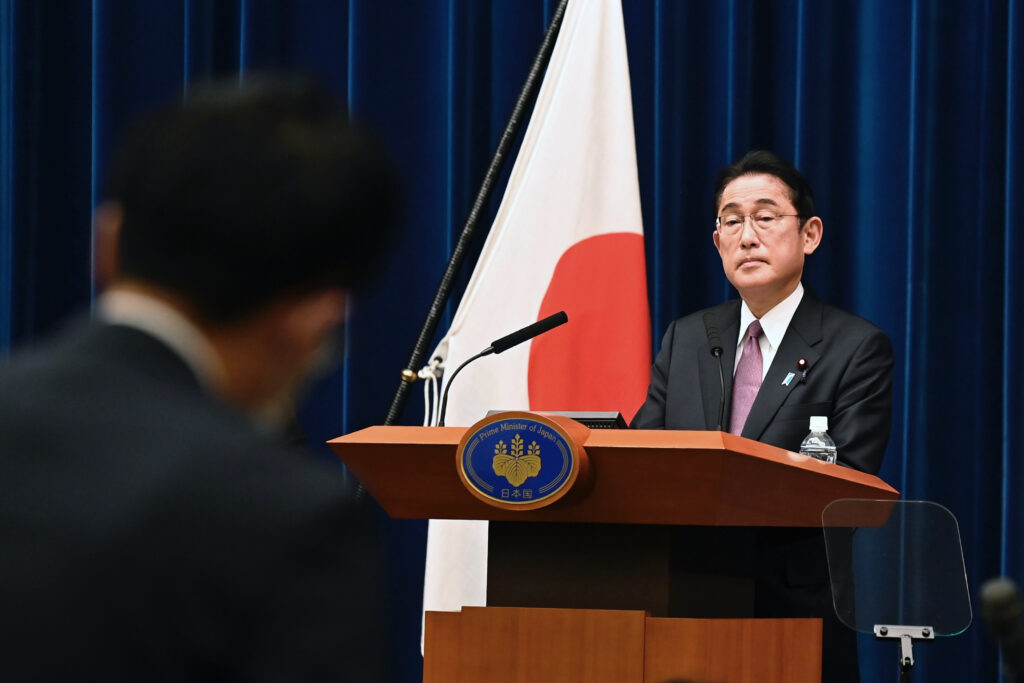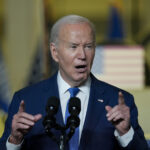Japan has made a significant policy change to allow it to get the ability to strike other nations, a move widely seen as a major step toward rearming the nation more than seven decades since it demilitarized after World War II. As Japan’s relations with China worsen and the threat it perceives from its much larger neighbor heightens, the Japanese government gave a green light to proposals it has been debating sporadically since at least 1956. At a press conference after the documents’ release, Prime Minister Fumio Kishida argued that Japan must keep pace with other nations’ advances in missile technology. The Associated Press has the story:
Why Japan is boosting its arms capability, budget?
Newslooks- TOKYO (AP)
Japan this week adopted a new national security strategy that includes determination to possess “counterstrike” capability to preempt enemy attacks and double its spending to gain a more offensive footing and improve its resilience to protect itself from growing risks from China, North Korea and Russia. The new strategy marks a historic change to Japan’s exclusively self-defense policy since the end of World War II. Here is a look at Japan’s new security and defense strategies and how they will change the country’s defense posture.
___
COUNTERSTRIKE CAPABILITY
The biggest change in the National Security Strategy is possession of “counterstrike capability” that Japan calls “indispensable.” Japan aims to achieve capabilities ”to disrupt and defeat invasions against its nation much earlier and at a further distance” within about 10 years.
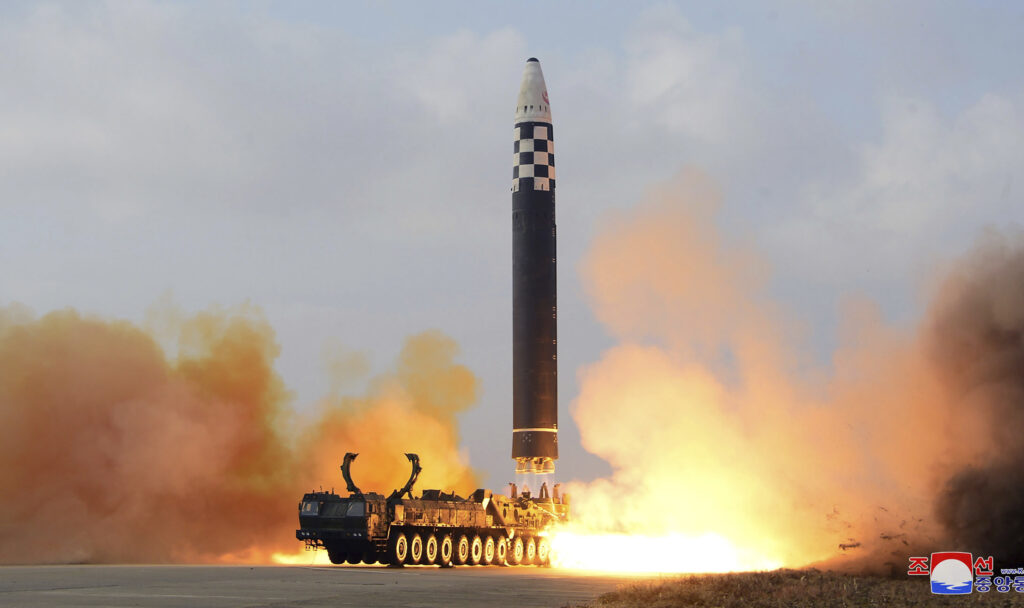
This puts an end to the 1956 government policy that shelved capability to strike enemy targets and only recognized the idea as a constitutional last-ditch defense.
Japan says missile attacks against it have become “a palpable threat” and its current interceptor-reliant missile defense system is insufficient. North Korea launched missiles more than 30 times this year alone including one that overflew Japan, and China fired ballistic missiles into waters near southern Japanese islands.
Japan says the use of counterstrike capability is constitutional if it’s in response to signs of an imminent enemy attack, but experts say it is extremely difficult to conduct such an attack without risking blame for striking first. Opponents say strike capability goes beyond self-defense under Japan’s pacifist constitution.
“(Japan’s) exclusive self-defense policy is hollowed,” the liberal-leaning Asahi newspaper said.
___
DOUBLING DEFENSE SPENDING
Japan aims to double its defense spending to about 2% of its GDP to a total of about 43 trillion yen ($320 billion) through 2027. The new spending target follows the NATO standard and will eventually push Japan’s annual budget to about 10 trillion yen ($73 billion), the world’s third biggest after the United States and China.
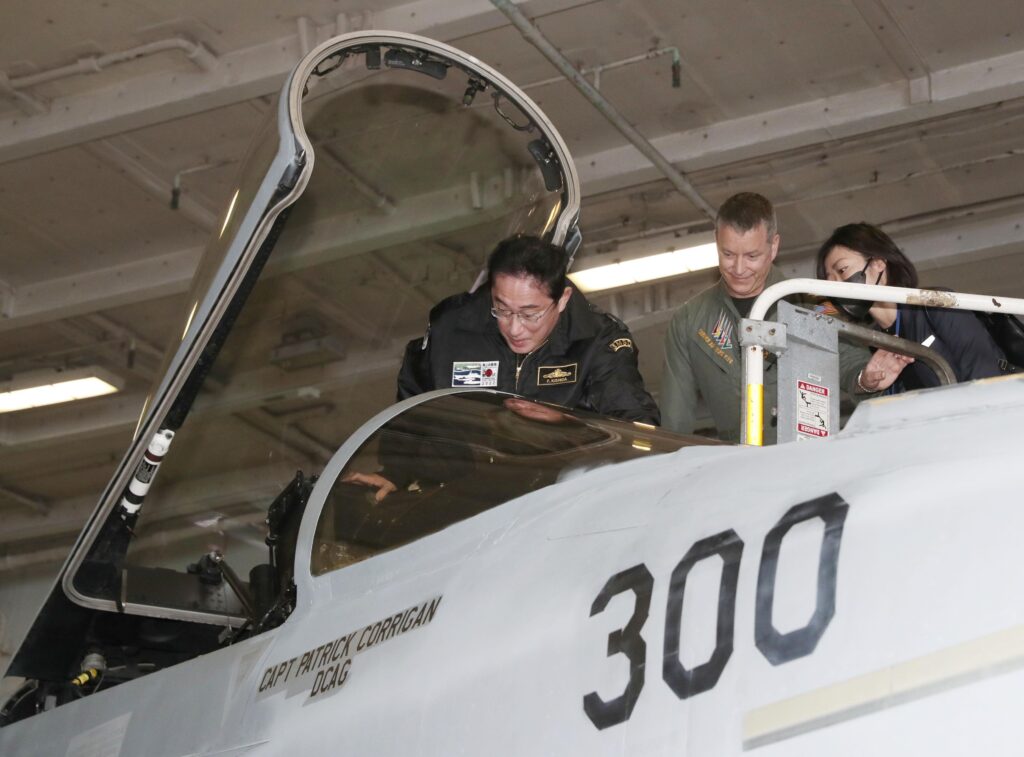
Kishida said his government will need an extra 4 trillion yen ($30 billion) annually and proposed tax increases to fund a quarter of it. His tax-raise request backfired and the five-year defense buildup plan had to be released without full funding plans while the governing party continued discussing how to pay for the shortfall.
___
LONG-RANGE MISSILES
Over the next five years, Japan will spend about 5 trillion yen ($37 billion) on long-range missiles, whose planned deployment begins in 2026. Japan will purchase U.S.-made Tomahawks and Joint Air-to-Surface Standoff Missiles, while Japan’s Mitsubishi Heavy Industry will improve and mass-produce a Type-12 surface-to-ship guided missile. Japanese defense officials said they are still finalizing Tomahawk purchase details.
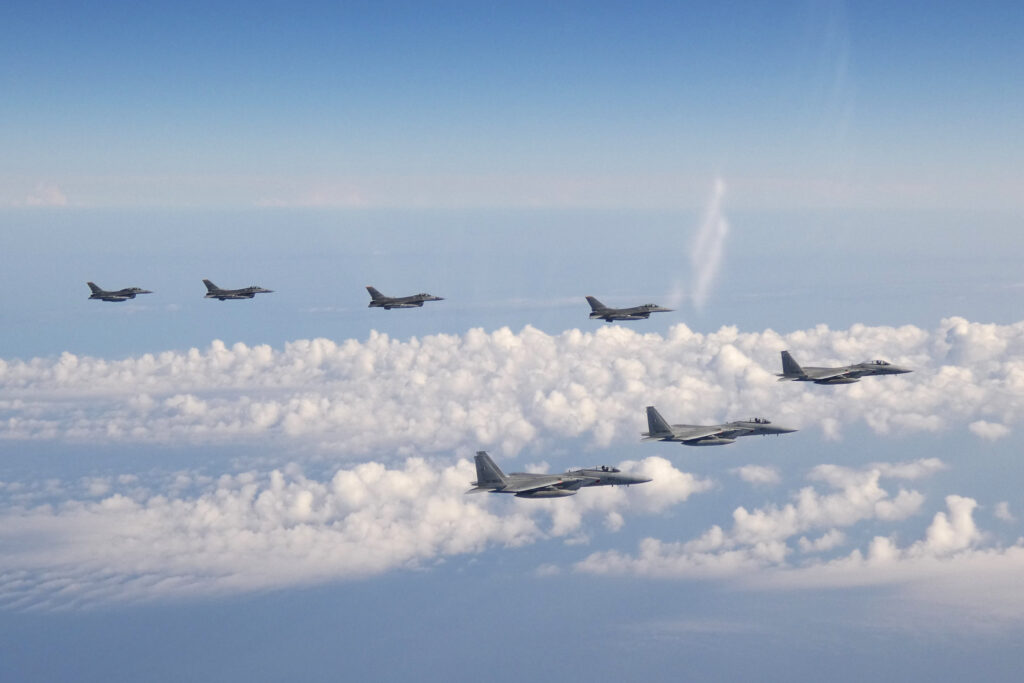
Japan will also develop other types of arsenals, such as hypersonic weapons and unmanned and multi-role vehicles for possible collaboration with the F-X next-generation fighter jet Japan is developing with Britain and Italy for deployment in 2035.
Several standoff missile units are underway at undisclosed locations.
___
CYBERSECURITY
Japan, lacking sufficient cybersecurity and intelligence capability, will have to heavily rely on the United States in those areas in launching long-range cruise missiles at intended targets, experts say.
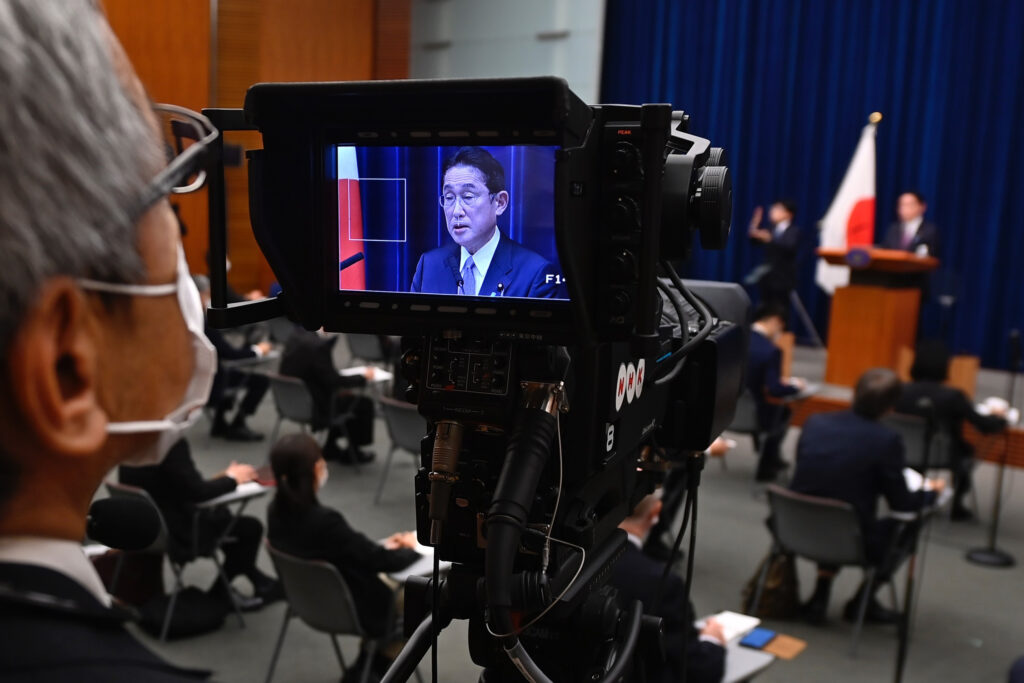
“Without cybersecurity, Self-Defense Force superiority or Japan-U.S. interoperatibility is difficult to achieve,” according to the five-year defense program also adopted Friday, acknowledging the need to ensure cybersecurity at the SDF and Japanese defense industry.
This is a welcome development for the United States as the Japanese government’s weak cybersecurity has been “a critical impediment to deeper alliance cooperation and expanded information-sharing,” according to Christopher Johnstone, senior advisor and Japan Chair at the Center for Strategic and International Studies.
Japan will spend 8 trillion yen ($58 billion) over the next five years on cross-domain defense including cybersecurity and space.
___
CHINA AS ‘GREATEST STRATEGIC CHALLENGE’
Fear of a regional security environment described as “the severest and most complicated” in the postwar era has been a driving force behind the revision to Japan’s strategy.
China, with its rapid arms buildup, increasingly assertive military activity and rivalry with the U.S., presents “an unprecedented and the greatest strategic challenge” to the peace and security of Japan and the international community, the strategy states.
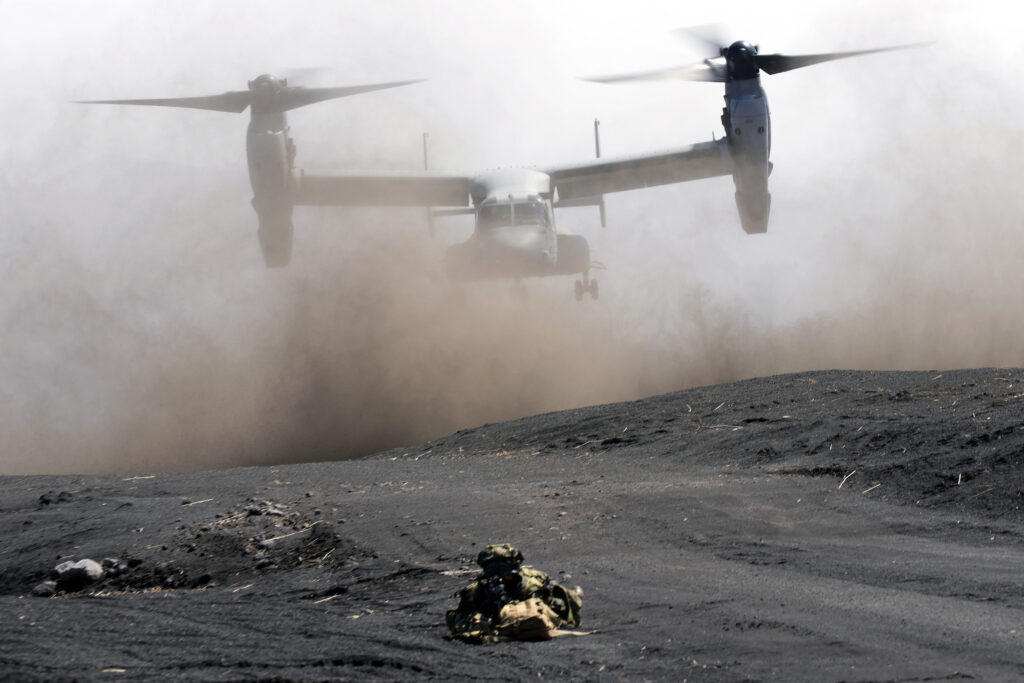
Russia’s war on Ukraine sparked fears of a Taiwan emergency, accelerating the move to bolster Japan’s deterrence within the next five years. While North Korea keeps advancing its nuclear and missile capabilities, the main threat is still China, for which Japan has had to prepare “by using North Korea’s threat as a cover,” said Tomohisa Takei, a retired admiral in Japan’s navy.
___
STILL EXCLUSIVELY SELF-DEFENSE?
Because of its wartime past as aggressor and devastation after its defeat, Japan’s postwar policy prioritized the economy over security by relying on American troops stationed in Japan under their bilateral security agreement, in a division of roles known as “shield and dagger.”
Prospects for even closer operation with the U.S. military under the new strategy has prompted concerns that Japan would take more offensive responsibility.
Japan says it will keep its pacifist principle of high standards for arms equipment and technology transfer. But some easing is planned to allow currently restricted exports of offensive equipment and components, including those of the next-generation F-X fighter jet, as a way to strengthen the country’s defense equipment industry.

